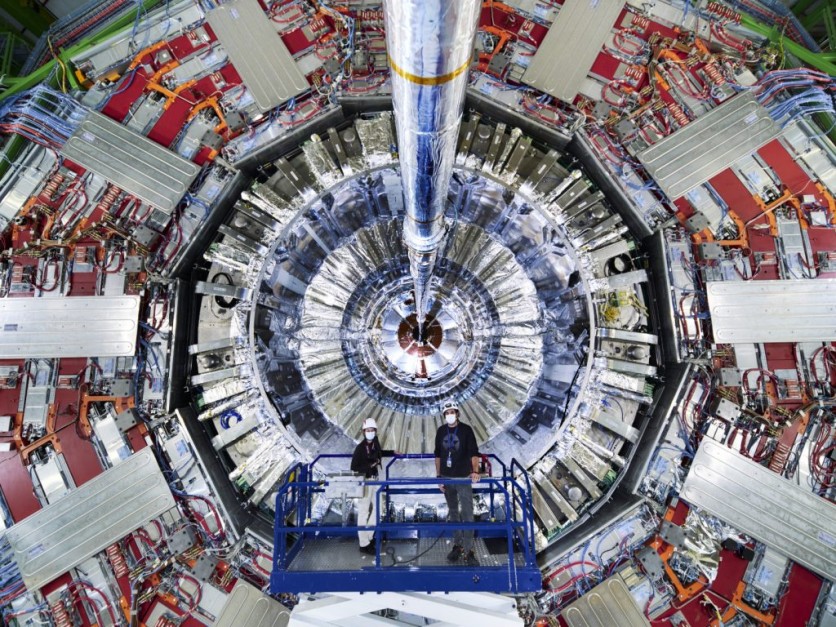Ten years after discovering the Higgs boson, the Large Hadron Collider (LHC) is preparing to start colliding protons at astonishing levels to unravel more mysteries of the universe.
The world's largest and most potent particle collider just began operating again after a three-year break for upgrades in preparation for its third test.
It is anticipated that the LHC experiments will gather petabytes worth of data about nature at its most fundamental levels.
As reported first by Interesting Engineering, the Cern scientists are now getting ready for the next generation of the LHC while thousands of colleagues are working on the Standard Model of particle physics to look for novel physics, such as supersymmetry, dark matter, or even undiscovered new particles.

An Improved LHC
The LHC will function as the High-Luminosity LHC in the latter half of the 2020s, an improved model of the original accelerator. Increased protons will collide with more luminosity thanks to the improved accelerator. Five to seven times as many crashes are anticipated than before the modifications, according to scientists.
For detectors to manage the increased luminosity, researchers are enhancing them. The detectors will attain a data factor 20 times what it is today by the end of 2030 if they continue operating as they are.
The all-purpose detector at the LHC is the Compact Muon Solenoid (CMS). Several systems are being upgraded by the CMS experiment and the Atlas experiment. Worldwide laboratories, including universities and the US Department of Energy, are taking part in upgrading several systems.
The pixel detector is also one of the detector's most recent additions. The granularity of the pixel detector is finer. As a result, both the rates and the granularity must be increased as well.
This is because particle paths are occurring more quickly, and the improvements in granularity and rates will make it easier to detect individual particles.
If this is not the case, the detector will be unable to process the particles quickly enough to produce anything but streaks as a result, as per Interesting Engineering.
Layers of Detectors
Several layers of detectors will also be present. The purpose of the timing detectors is to provide accurate times for particle movements. The most interesting collision events are chosen by the CMS trigger and data acquisition, which subsequently records the pertinent information.
Calorimeters are installed in the CMS. The calorimeters on the barrel and endcap identify and quantify the energy signatures of particles. The calorimeter's remarkable spatial and timing resolution accurate reproduction of the massive amounts of generated particles.
Additionally, data on muons will be gathered, a crucial component of the CMS. Since muons from particle collisions can travel great distances, the Compact Muon Solenoid is the portion of the detector that is located outside the calorimeters.
Timing and resolution have been particularly improved to detect muons leaving the beam at wider angles.
The LHC team has been researching all of these improvements and changes for years. They are now being gradually added, with the goal of having them all in by the end of 2029.
Related Article : Large Hadron Collider Discovers Particles Dating Back To The FIRST FEW SECONDS Of The Universe's Birth
This article is owned by Tech Times
Written by Joaquin Victor Tacla
ⓒ 2025 TECHTIMES.com All rights reserved. Do not reproduce without permission.




